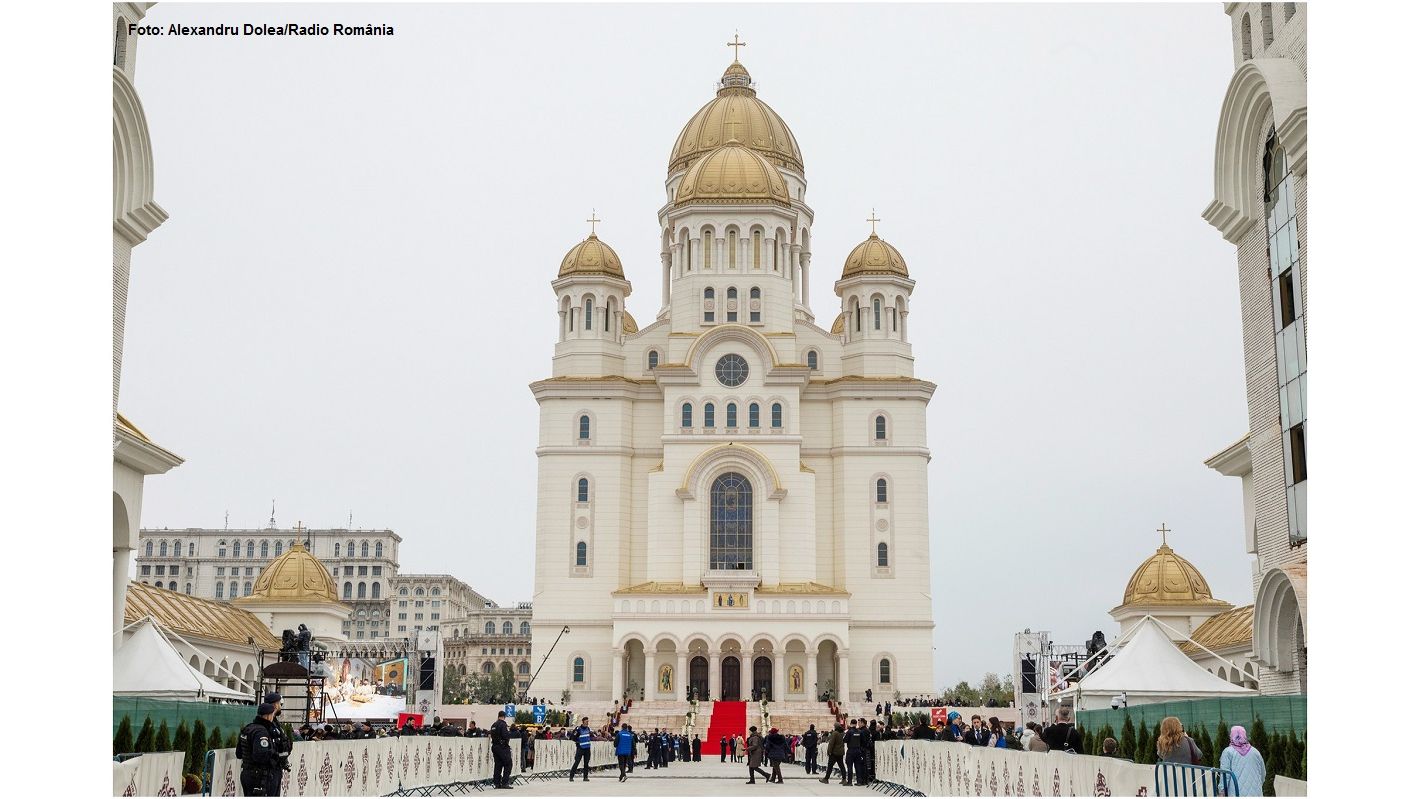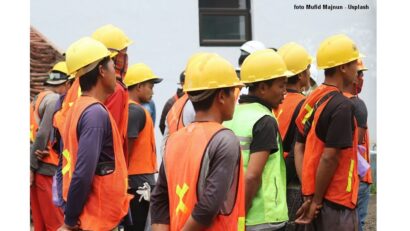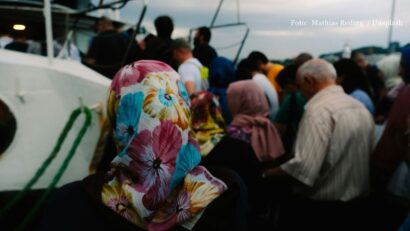The need, also in Romania, for a National Cathedral
Romania was the only predominantly Orthodox country in the world that did not have a National Cathedral

Roxana Vasile, 29.10.2025, 14:10
Romania was the only predominantly Orthodox country in the world that did not have a National Cathedral, although the idea of building such an edifice had existed since the 19th century. The spokesperson for the Romanian Patriarchate, Adrian Agachi, explains: ʺThe first to discuss the need for a National Cathedral was the national poet Mihai Eminescu, who immediately after the War of Independence (b. ed. 1877-1878) stated that such a church building would be necessary. Later, King Carol I, in 1884, issued the first law for the construction of a National Cathedral and allocated for it, at that time, 5% of the Gross Domestic Product of the Kingdom of Romania. With the arrival of the two World Wars, then the communist period, the project could no longer be realized. With the exception of the period of Patriarch Miron Cristea, who tried to identify a good space for the construction of the National Cathedral and first spoke of the Cathedral of the Salvation of the Nation, understanding by this phrase the acquisition of independence and the deliverance of the Romanian people from the difficult period they had just overcome… So, with this exception, until after the Revolution of 1989, the Cathedral project entered, somehow, into a stagnation. There was less and less talk, and with the possibilities being restricted, things did not go as we would have liked. But, since 1990, the idea of designing the National Cathedral began to take more and more shape, initially under the worthy Patriarch Teoctist, and then, since 2007, it was no longer a simple idea, a simple concept, but became a reality under the patronage of Patriarch Daniel.ʺ
In the vision of Cătălin Raiu, associate professor at the University of Bucharest, Romanian society had fallen short in this regard – that of having a central place of worship, emblematic of the Orthodox faith, which defines the religious identity of the majority of the population and which dominates, from a cultural point of view, the history of Romanians. Therefore, the new National Cathedral – he believes – is, on the one hand, a summary of history and, on the other, a place where the entire Romanian society, not necessarily only the Orthodox one, will gather, from now on, to also feel like a community of faith. Cătălin Raiu:
ʺAlmost all the predominantly Orthodox countries had this ambition simultaneously with our ambition somewhere at the end of the 19th century, when the European nations, and we are referring to the Orthodox ones, were breaking away from different empires and developing this national, individualistic consciousness. They tried to build a cathedral which, of course, is a religious symbol, but it is also a political one, in the broad sense of the term, of building the nation, of demonstrating its identity in the face of history. And, then, because Romania had lagged behind in this chapter – Bulgaria has such a cathedral, Serbia the same, Georgia built one recently, 10-15 years ago the works began and now it is completed – I think that Romania is now among these predominantly Orthodox countries that are closing this historical period which, as I was saying, required the construction of a religious, cultural and historical identity symbol.ʺ
Most Romanians welcomed the construction of the Cathedral with pride, joy and hope, but those who criticized this approach were not few in number. Their main accusation is, still, that the public funds used to build the imposing place of worship should have been allocated to infrastructure projects in transportation, education or health, which are otherwise so important for the country. The famous slogan “We want hospitals, not cathedrals!” or the refrain “God prefers wood and small spaces” of an anti-Cathedral song by the pop-rock band Taxi reflect the dissatisfaction of the opponents. There are two different issues – counter-argues associate professor Dr. Cătălin Raiu:
“Churches and hospitals are and should be treated as complementary things, I would not put them in antithesis. It seems to me a rather dangerous syllogism and, to my surprise, to point out a positive thing, among the critics who expressed themselves in such slogans, I saw people who were really impressed that this construction was completed, that it looks very good, that it will be an emblem of Bucharest and Romania, and I think that many of them no longer necessarily see themselves in this slogan. They saw, in practice, that the Church picked a construction site – and I mean not only material things, but also an identity project – which it completed much more coherently, much more efficiently than the State. And I think that this should raise a question mark for us: why does the Church succeed and, sometimes, the State does not keep up with this pace.ʺ
Towards the end of 2007, Patriarch Daniel laid the cornerstone of the new edifice, and from the end of 2010, the actual construction of the National Cathedral began. According to the spokesman for the Romanian Patriarchate, Father Adrian Agachi, the costs so far have amounted to only 270 million euros, given that the works are overwhelmingly completed, and, in addition, this money was spent over 15 years. Moreover, the amount is small compared to others intended for relatively similar works, such as, for example, the restoration of the Notre Dame Cathedral in Paris. The money for the place in Bucharest came from the central and local budget, but also from the Church’s own funds and from the donations of the faithful, for whom – says Cătălin Raiu – the construction of the Cathedral is a triumph:
ʺSociety must understand that the Church is with it, bringing this project to completion, with many difficulties – there was opposition, sometimes, not only from the public space, but also from some politicians there was opposition or indifference – and that the Church is a relevant institution in society as long as it knows how to put such a construction on the public agenda in a spiritual sense, not just in a material sense, and to bring it to completion.ʺ
The National Cathedral will increase its aura and consolidate its status as the flagship of places of worship in Romania in tens, maybe hundreds of years – is the opinion of a fellow journalist. But the beginning has been made – after more than 150 years of being just a dream, now the Cathedral exists. It guards the capital of a European and Christian country, of a Latin and Orthodox people.






























